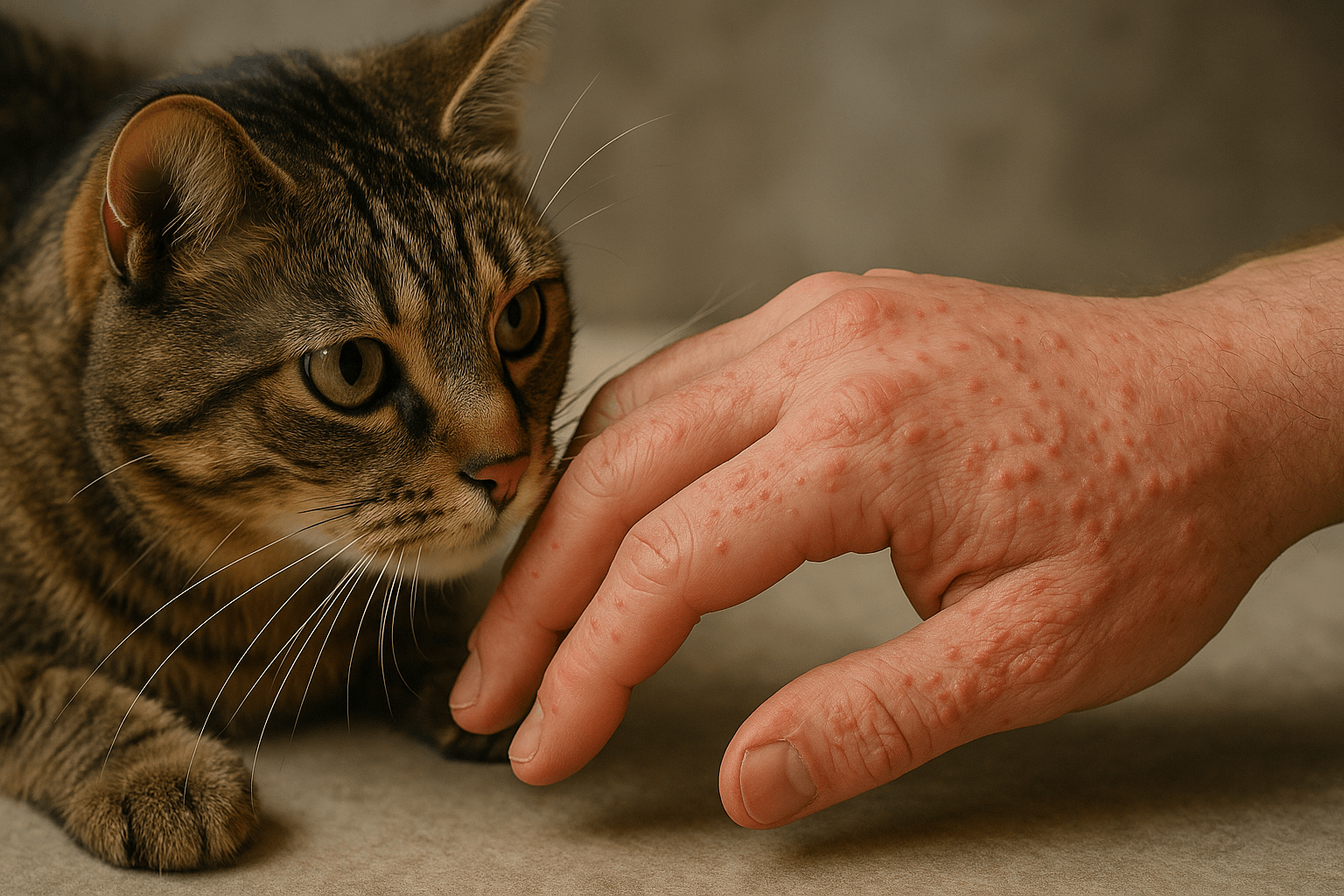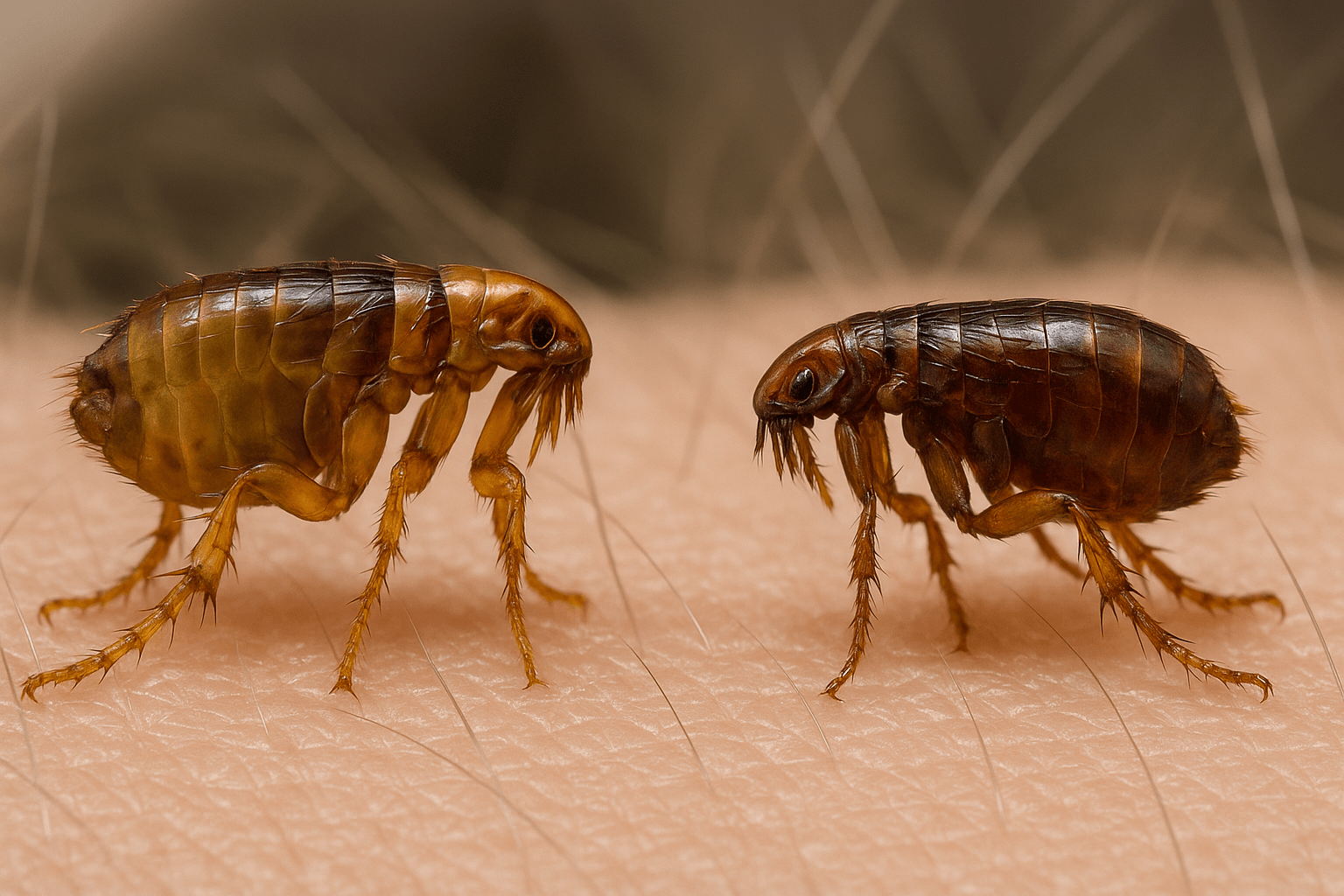Dog Bite Antibiotic Prophylaxis: What You Need to Know
Dog bites, while often preventable, can happen unexpectedly and may lead to serious health concerns if not treated properly. One critical aspect of managing a dog bite is understanding the role of antibiotic prophylaxis in preventing infection. Dog bites can introduce harmful bacteria into the body, and without appropriate care, these wounds may become infected, leading to complications. In this blog post, we’ll explore what dog bite antibiotic prophylaxis entails, when it’s necessary, and how it can protect you or your loved ones from potential infections. Whether you’re a pet owner, a parent, or simply someone who interacts with dogs regularly, this guide will provide valuable insights into handling dog bites safely and effectively.
When Is Antibiotic Prophylaxis Necessary for Dog Bites?
Not all dog bites require antibiotic prophylaxis, but certain factors increase the risk of infection, making preventive treatment essential. If you or someone you know experiences a dog bite, consider the following scenarios where antibiotics may be recommended:
The bite wound is deep or penetrates through the skin
The wound is located on the hands, face, or other high-risk areas
The victim has a weakened immune system due to conditions like diabetes or HIV
The dog’s vaccination status is unknown or incomplete
The bite occurred in a contaminated environment, such as muddy or dirty surroundings
Antibiotic prophylaxis is a precautionary measure designed to prevent infections before they take hold. Consulting a healthcare professional is crucial to determine whether this treatment is necessary based on the specifics of the bite.
Common Antibiotics Used for Dog Bite Prophylaxis
When antibiotic prophylaxis is prescribed for a dog bite, healthcare providers typically choose medications that target the bacteria commonly found in a dog’s mouth. Here are some of the most frequently used antibiotics:
Amoxicillin-clavulanate (Augmentin), effective against a wide range of bacteria
Doxycycline, often used for patients allergic to penicillin
Cephalexin, a broad-spectrum antibiotic suitable for many types of infections
Clindamycin, particularly useful for deep tissue infections
Metronidazole, often combined with other antibiotics to treat anaerobic bacteria
The choice of antibiotic depends on the patient’s medical history, allergies, and the severity of the bite. Proper adherence to the prescribed course is essential to ensure the infection is fully prevented.
Check this guide 👉Chigger Bites on Dogs: Best 7 Health Tips!
Check this guide 👉Can Dogs Get Mosquito Bites? Best 7 Health Tips!
Check this guide 👉Ant Bites on Your Dogs Paw: Best 7 Health Tips!

Factors Increasing Infection Risk | Steps to Reduce Infection Risk |
|---|---|
Deep puncture wounds | Clean the wound thoroughly with soap and water |
Bites on hands or face | Apply an antiseptic after cleaning the wound |
Delayed medical attention | Seek medical care within 8 hours of the bite |
Unknown dog vaccination status | Confirm rabies vaccination status of the dog |
Contaminated environments | Keep the wound covered with a sterile bandage |
Signs That Indicate an Infected Dog Bite
Even with antibiotic prophylaxis, it’s important to monitor the bite wound closely for signs of infection. Early detection can prevent complications and ensure timely treatment. Here are some warning signs to watch for:
Increasing redness or swelling around the wound
Pus or discharge coming from the bite area
Persistent pain that worsens over time
Fever or chills accompanying the injury
Red streaks spreading outward from the wound
If any of these symptoms occur, seek medical attention immediately. An infected dog bite can escalate quickly, so prompt action is essential to safeguard your health.
Preventive Measures to Avoid Dog Bites
Prevention is always better than treatment when it comes to dog bites. By taking proactive steps, you can reduce the likelihood of being bitten and eliminate the need for dog bite antibiotic prophylaxis altogether. Here are some effective strategies:
Learn to read a dog’s body language to identify signs of aggression or fear
Avoid approaching unfamiliar dogs without the owner’s permission
Teach children how to interact safely with dogs, including not pulling tails or ears
Supervise interactions between young children and dogs at all times
Spay or neuter your pets to reduce aggressive tendencies
By fostering a culture of respect and caution around dogs, you can minimize the risk of bites and create safer environments for both humans and animals.
Steps to Take Immediately After a Dog Bite
The moments following a dog bite are critical in minimizing the risk of infection and ensuring proper healing. Acting quickly and calmly can make a significant difference in the outcome. Here’s what you should do right after a dog bite occurs:
Wash the wound thoroughly with soap and clean water for at least 5 minutes
Apply gentle pressure with a clean cloth to stop any bleeding
Disinfect the area using an antiseptic solution or rubbing alcohol
Cover the wound with a sterile bandage to protect it from further contamination
Document details about the incident, including the dog’s behavior and appearance
Taking these immediate steps not only reduces the risk of complications but also provides valuable information for healthcare professionals. Quick action is essential to ensure the best possible recovery.
Understanding the Role of Rabies Vaccination
In addition to antibiotic prophylaxis, rabies vaccination is another critical consideration following a dog bite. Rabies is a life-threatening disease, and its prevention is non-negotiable in certain cases. Here’s what you need to know about rabies vaccination after a dog bite:
Determine whether the dog has a valid rabies vaccination record
If the dog’s vaccination status is unknown, assume the worst-case scenario
Seek post-exposure rabies prophylaxis as soon as possible if required
Follow the full course of rabies vaccines as prescribed by a healthcare provider
Report the incident to local animal control authorities for further investigation
Rabies prevention is a serious matter that requires prompt attention. By addressing this concern alongside antibiotic treatment, you can protect yourself from potentially fatal consequences.
Emotional Support After a Dog Bite Incident
Experiencing a dog bite can be emotionally distressing, especially for children or individuals with a fear of dogs. Providing emotional support is just as important as addressing physical injuries. Here are some ways to help someone recover emotionally after a dog bite:
Encourage open communication about their feelings and fears
Reassure them that the incident was not their fault
Educate them about safe interactions with dogs to rebuild confidence
Avoid forcing them to interact with dogs until they feel ready
Seek professional counseling if anxiety or trauma persists
Emotional healing is an essential part of recovery. By offering compassion and understanding, you can help the victim regain their sense of safety and trust around animals.
FAQ
Do all dog bites require antibiotic prophylaxis?
No, only bites with a higher risk of infection, such as deep wounds or bites on sensitive areas, typically require antibiotics.
How long does antibiotic prophylaxis last for a dog bite?
The duration varies but usually lasts 3 to 7 days, depending on the severity of the bite and the prescribed antibiotic.
Can I use over-the-counter antibiotics for a dog bite?
No, over-the-counter options are not sufficient for treating dog bites. A healthcare provider must prescribe appropriate antibiotics.
What should I do immediately after a dog bite?
Clean the wound thoroughly with soap and water, apply an antiseptic, and seek medical attention promptly.
Are dog bites always dangerous?
While not all bites are dangerous, they carry a risk of infection and should always be evaluated by a healthcare professional.
Conclusion: Prioritizing Safety and Health After a Dog Bite
Dog bites, though sometimes unavoidable, require careful attention to prevent complications like infections. Understanding the role of dog bite antibiotic prophylaxis and knowing when it’s necessary can make a significant difference in ensuring a safe recovery. By staying informed about preventive measures, recognizing signs of infection, and seeking timely medical care, you can protect yourself and your loved ones from potential health risks. Remember, responsible pet ownership and respectful interactions with dogs go a long way in reducing the likelihood of bites. With the right knowledge and precautions, we can coexist harmoniously with our canine companions while safeguarding everyone’s well-being.
Canned Pumpkin for Cat Diarrhea: Best 7 Expert Tips! Natural remedy to firm stools, soothe upset bellies, and support gut health safely.
Can a Cat Give You Scabies? Best 7 Expert Tips! Discover the truth about feline mites, human skin risks, and how to protect yourself—without panic.
Cat Flea vs Human Flea: Best 7 Expert Tips! Discover the truth about bites, species, and how to eliminate infestations for good.
Weird Cat Behaviors: Best 7 Expert Tips! Discover why cats do strange things—and how to understand, not punish, their instincts for a happier home.





